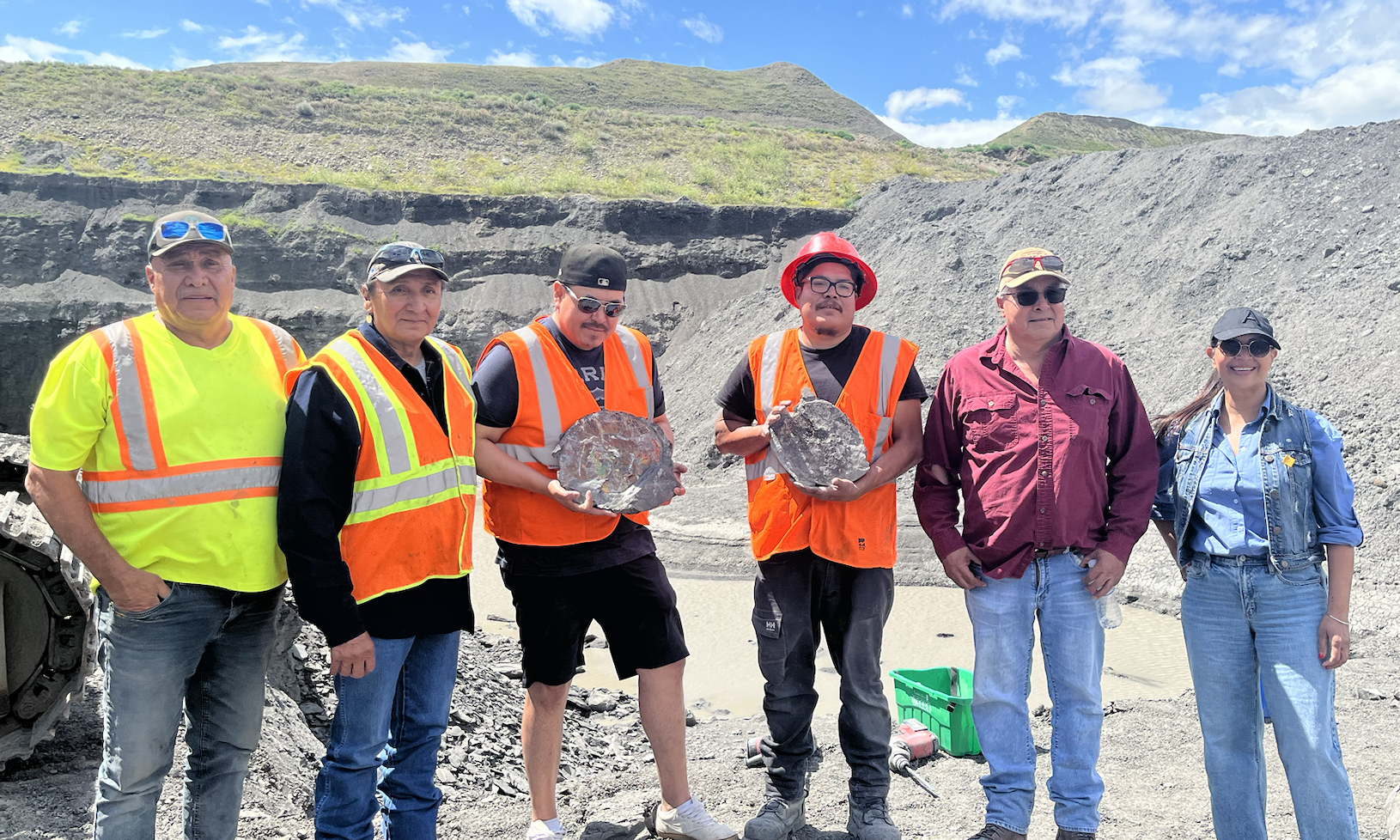Concrete, Steel, or Fabric Mining Facilities? A Comparison
A rugged industry requires equipment and facilities to match, but there’s some debate as to which material is best suited for storage structures, labor housing, and logistics in the mining industry. Thanks to modern technology and advances in engineering, the traditional steel or brick-and-mortar building may not be the most economical or functional choice for the mining community.
Advantages and Disadvantages of Concrete Buildings
According to a 2012 report, tilt-up concrete buildings are constructed at a rate of 10,000 new constructions each year. This method of concrete building construction is reminiscent of 19th-century barn-raising, but it’s a valuable time-saving process that is ideal to those with tight schedules and limited resources.
The advantages of a tilt-up concrete building are clear: they’re among the most durable and resilient buildings in the world, but cast-in-place facilities tend to be stronger and better adhere to safety and security standards. The downsides are questionable energy efficiency due to solar heat gain inherent in the material itself and the sheer permanence of the facility – an unwise investment if a site is considered temporary or short-term by your organization.
Advantages and Disadvantages of Steel Buildings
A major perceived downside of steel buildings is the incorporation of long-span steel floors, which have a tendency to bounce. Poured-in-place concrete not only serves as a better foundation for steel beams, it also reduces bounce. However, using steel requires a less complex and permanent foundation system, allowing construction in areas where soil stability is substandard.
In extreme environments, steel constructions are easier and less costly to insulate per R-value than concrete tilt-up facilities. The potential for customization in the design of steel facilities is much greater than concrete, as the malleability of the material and the long-term general knowledge and experience of building with steel buildings provides better reliability for mining operations.
Steel is also recyclable and greener than concrete, as structures can be demolished, recycled, and reused in other applications. In fact, each wide-flange steel beam produced in the United States is made from over 90% recycled or scrap material, giving construction contractors a significant leg-up in achieving LEED certification.
Advantages and Disadvantages of Fabric Buildings
Despite the questionable quality of lower-end large-scale fabric buildings, many manufacturers provide highly-durable and cutting-edge designs for mining and mineral speculation purposes in some of the most extreme environments on earth. High-end custom fabric designs withstand wind and snow loads, and can be insulated to any R-value without exorbitant cost. According to a recent report by the United States Green Building Council, the widespread myths surrounding tensioned fabric buildings are largely outdated.
While it’s true that fabric materials aren’t as durable as steel or concrete, the trade off comes in the form of portability and speed of installation, as many structures can be deployed in just a few day’s notice. Fabric building systems are also easier to expand and customize as an operation shifts focus or grows beyond the limits of a single building, all while retaining adherence to 2012 IBC Building Code, ASCE/SEI 7 and AISC standards for building design and construction.
Furthermore, tensioned fabric buildings tend to be among the most energy-efficient of the three building types, with built-in HVAC and ventilation systems allowing for efficient climate control throughout an entire facility. The lifespan of these building types vary by manufacturer and intended use as well as the climate in which the building is ultimately located, but mining operations can increase their building’s lifespans with powder-coated metallic frames and occasional maintenance on tensioned-fabric panels. Many buildings can be expected to last between 20-30 years.
Submitted by Rory Bagley, Alaska Structures
More News
{{ commodity.name }}
{{ post.title }}
{{ post.date }}

Comments